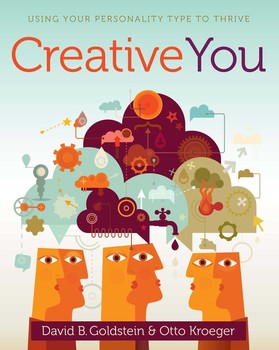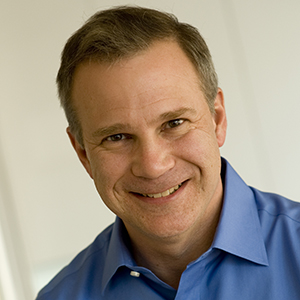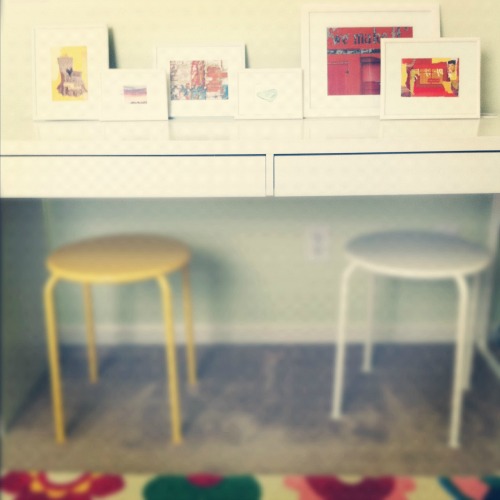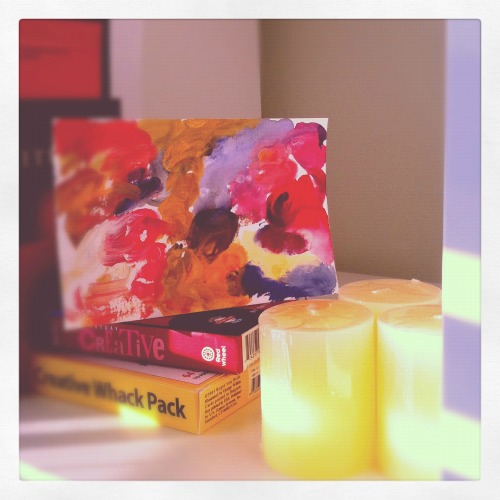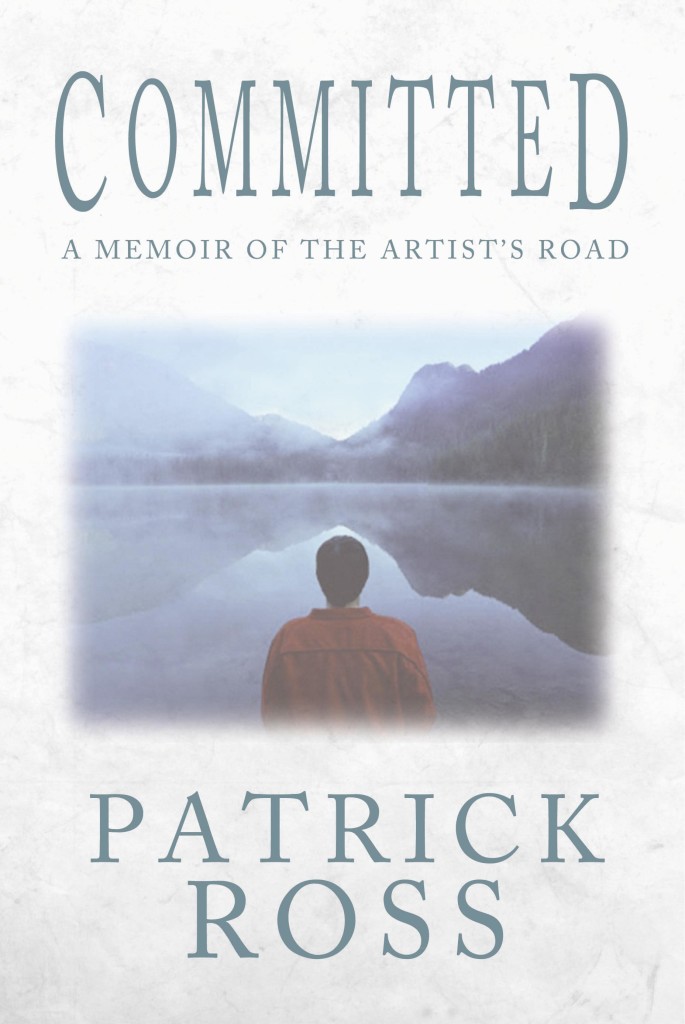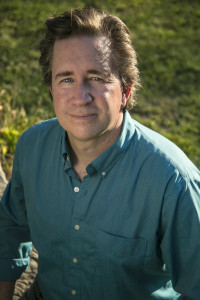 This month we feature the inspirational Andrea Schroeder. You may know her better online as the author of ABCcreativity. But above all else, Andrea is a creative being and believer in possibilty. Andrea takes this sense of possibility, blends it with sparkles and secret messages about the magic and wonder of life, and uses it in all of her creative work, infusing it with flashes of inspiration and reminders of what an incredible being you are.
This month we feature the inspirational Andrea Schroeder. You may know her better online as the author of ABCcreativity. But above all else, Andrea is a creative being and believer in possibilty. Andrea takes this sense of possibility, blends it with sparkles and secret messages about the magic and wonder of life, and uses it in all of her creative work, infusing it with flashes of inspiration and reminders of what an incredible being you are.
After graduating from Ryerson University in Toronto, Canada with a bachelor of applied arts in fashion design, Andrea explored many different avenues of art and design including costume design, textile design, textile art, knitting, cloth dollmaking and interior design.
Andrea has also spent years studying new thought and other spiritual and philosophical teachings and is currently an accredited new thought healing practitioner at the Centre for Conscious Living in Winnipeg, Canada. Andrea describes this as ”a believer in possibility, a creator of dreams come true and a mentor for others in creating their happily ever afters.” Andrea blends spiritual and artistic creativity in all of her creative work, which is filled with maps that will guide you on your path in creating your own “happily ever after”.
1. What does creativity mean to you?
i see myself above all as a creative being in a creative universe. my inspiration, intuition, uniqueness and gift flow through my creativity out into all parts of my life. creativity is life for me.
2. What is your creative process, and what tools do you use to stimulate it?
my process is simple – be present with my creativity and let it flow. i see creativity is a way of life and not something to pick up and put down. so i don’t really use tools to stimulate it, i try to live in a way that nourishes it. if i ever feel creatively blocked, i take a break and get centered (usually with meditation, rest or play) and the creativity quickly starts to flow again.
3. What is your most creative time of day?
morning.
4. How do you infuse creativity into your daily life and tasks?
i bring fun projects with me everywhere – i always have coloured pens, a sketchbook, and a knitting project with me. i love to really pay attention to my surroundings and be inspired by them – the colour of the sky, the shape of the leaves in the trees, the colour of the wall in the restaurant, everything. when you really notice what’s going on around you, everything can be inspiring. life is so amazing!
meditation is really key for me in living a creative life. i share some of my guided meditations here.
- THANKS Andrea!

